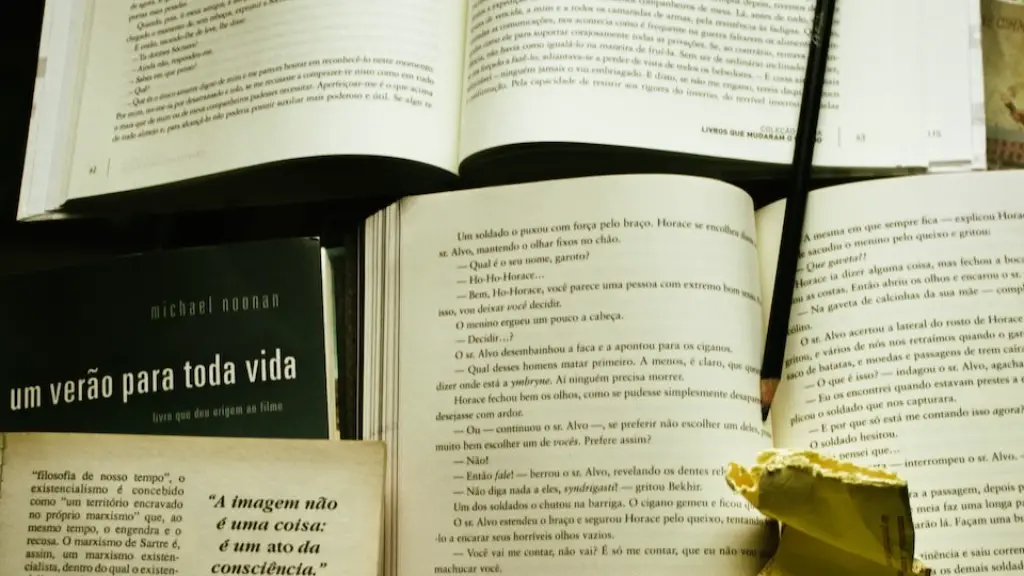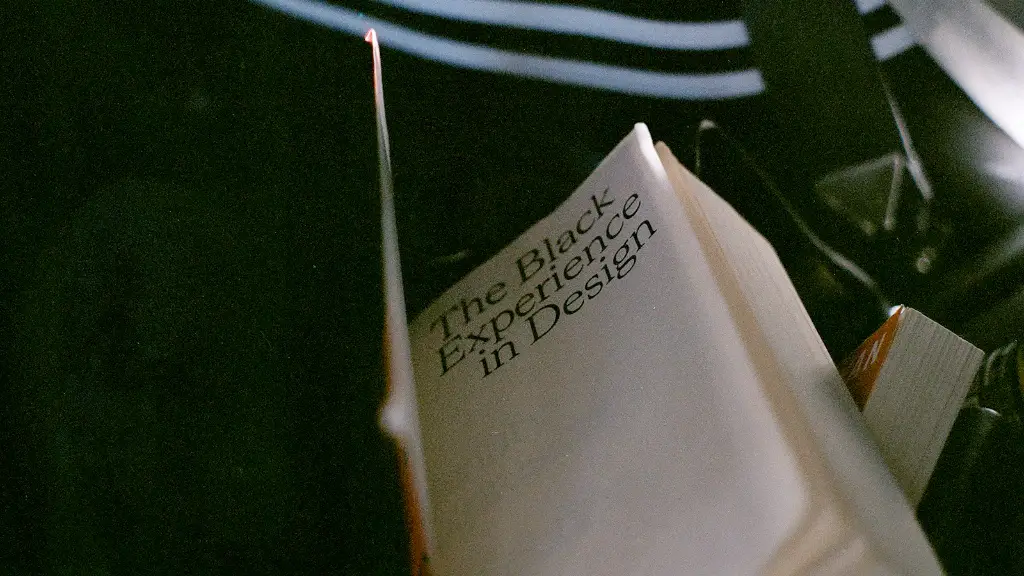Robert Frost is often associated with the poetic genre of lyrical poetry. Since his poetry is classified as lyrical, it contains elements like frequent use of meter, figurative language, and an emphasis on rhyme. His poetry often speaks about the individual, nature, and the relationship between people and their environment. He frequently used symbols and images to portray themes of loss, alienation, and conflict. His poetry is enriched with literature from New England; which, he often uses to express his emotion and reveal a personal view of inner thoughts.
Frost was also known for his use of Literary devices such as personification and metaphors. For example, in the poem “Mending Wall,” he uses the metaphor of a wall in order to explain the idea of barriers between people. In another one of his poems, “Fire and Ice,” Frost uses imagery to discuss the themes of love, conflict, and destruction.
Frost also has a habit of using philosophical musings in his work. He often debates between two opposite ideas and explores the consequences of either of them. In “The Road Not Taken,” Frost explores the idea of divergence from mainstream thought and the consequences it might have in the long run. In other poems, he often expresses his thoughts about mortality and the cycle of life.
The poetry of Robert Frost can be described as pastoral, yet dramatic and nuanced. His imagery gives readers a glimpse into a captivating world of nature, philosophy, and human experience. He often utilizes external and internal landscapes to communicate his themes and leaves readers with a clear and powerful message of hope and courage.
Frost has created such a range of influential works that he is often considered one of the leading figures of literary modernism. His poetry is an essential part of modern and contemporary American literature, and he is widely considered to be one of the most influential American poets of the 20th century.
Characteristics of Frost’s Poetry
The poetry of Robert Frost is characterized by a strong lyrical quality, often alternating between satire and philosophy. His use of imagery, symbolism, and symbolism effortlessly blends together the past and present, allowing for the release of powerful emotion. He uses ideas of love, loss, and temptation to explore the internal struggles of his characters and to evoke thought in the reader. He is well known for his clever, often humorous, writing style as well as his vast knowledge of literature and the history of literature.
Frost also has a penchant for pairing his writing with music, often in the form of song. His verse often is accompanied with soothing guitar chords or other instruments, adding an even deeper element to his poems. His works have become an essential part of American culture, often quoted and referenced in the media and other writings.
Frost’s purpose in creating his works was to express his feelings with words. He often wrote in a way that was easy to understand, and many readers felt like they could connect with the characters and events described in his work. Through his writing, Frost was able to show the beauty of life, as well as its dark side.
Frost’s poetry is often considered an insight into his immortal soul, and he has become a timeless poet, respected by readers of all types and backgrounds. His writing gives us an opportunity to reflect on ourselves and our world, inspiring many and making him one of the greatest poets of the 20th century.
Style of Frost’s Poetry
The style of poetry that Robert Frost is known for is his lyricism. His poems often contain elements such as rhetoric, imagery, depth and sensibility. Frost relied on a great level of flexibility when creating his work and chose verses that had free-floating meanings, allowing the readers to give each poem their own personal understanding of what it meant.
Frost also inherited a great deal of moral and religious beliefs that he integrated into his poetry. His themes often follow family values and traditional beliefs in order to convey a standard of life that he set for himself. He often touched on themes of courage, suffering, hope and faith, setting a shining example of an independent spirit.
In many of his works, Frost had a unique way of expressing himself. He often utilized the technique of conversational tone, often allowing the reader to both understand and sympathize for the people that populate his stories. His works also generally followed traditional metre, using techniques such as iambic pentameter and other patterns to create musicality within his lines.
Although Frost was a more traditional poet – using rhyme, meter and other technique in a classic style – his work was highly experimental and he was able to make his verses both lyrical and meaningful in equal parts. The power of Frost’s words will remain forever in the hearts of readers and writers alike.
Influence of Frost’s Poetry
Robert Frost’s works have had a tremendous impact in the literary world. His style of writing has influenced a great many writers, both modern and contemporary. His works have become an essential part of literature, often cited and referenced in other works.
Frost has also become well-known for his use of literary devices, such as personifications and metaphors, to create a vivid and powerful depiction of the emotions within a piece of poetry. His use of imagery and symbolism has been a major influence on writers looking to express difficult feelings in creative ways.
Frost’s works have also had an immense impact on our culture. His verses have inspired film makers, playwrights and artists, often depicting messages of hope, courage, and thought-provoking themes. He has become a timeless cultural icon, cited in works such as songs, movies, and novels.
Frost’s works remain a beacon of light, inspiring generations of people with his words. His lyrical style and provocative themes have cultivated a new way of expression in the literary world, making him a classic poet of the 20th century.
Syntax in Frost’s Poetry
The syntax of Robert Frost’s poetry is often considered to be simple and easy to understand. His lineup of verses typically follows a linear path with the end result being an abridged version of life experiences. His verses often contain two syllables on the first line, two on the second, three on the third, and so on, all in order to create an easy flow when read out loud.
Frost was known to be keen on utilizing different syntaxes in order to fit the message being sent. In many of his works, he utilizes long and complicated sentences to add complexity to his poem. He also occasionally randomly changes syntax if it fits the message being conveyed in his poem, adding a unique set of rhythm and flow to his work.
Frost was also known for his use of alliterations and assonances in order to create a unique melody and atmosphere in his work. His poetry often has a distinctive rhythm and euphony, thanks to the words that he chose and the order in which he placed them. His verses often create a feeling of mysticism and tranquillity, providing readers with a much-needed soothing sensation.
The syntax that Robert Frost used in his works was an essential part of how he conveyed meaning to his readers. His use of imagery, symbols, and musicality was reflected in the way that he chose to arrange his words and phrases. His writing often contains a classic structure, accompanied by a more contemporary sense of thought and solace, making his works both timeless and enchanting.
Rhyme Scheme in Frost’s Poetry
The rhyme scheme in Robert Frost’s poetry is one of the most captivating aspects of his writing. Frost’s proficient use of rhyme is often cited as an essential element of his work, as it adds a completely unique sound and flavor to his words. He is often considered to be a master of rhyme, possessing the ability to create distinct rhythm and musicality through the verses he wrote.
Frost was known to utilize various rhyme schemes in his poetry, such as end rhyme and internal rhyme. He also used common iambic pentameter as a basic template for many of his works. This allowed for his verses to maintain a consistent pattern, allowing for readers to better pick up on the underlying message hidden inside the words.
Frost was also adept at using more complex rhyme schemes that were rarely used in the poetry of his time. He particularly favored triplets and interlocked rhymes for a couple of his works. This added an extra layer of complexity and musicality to his work, further adding to the depth and beauty of his writing.
The rhyme scheme that Robert Frost utilized in his works was an essential part of the effect his poetry had on his readers. His ability to combine rhythm, melody, and words effortlessly in order to move readers with his writings has stamped him as a master of rhyme and made him one of the greatest poets this world has ever seen.





